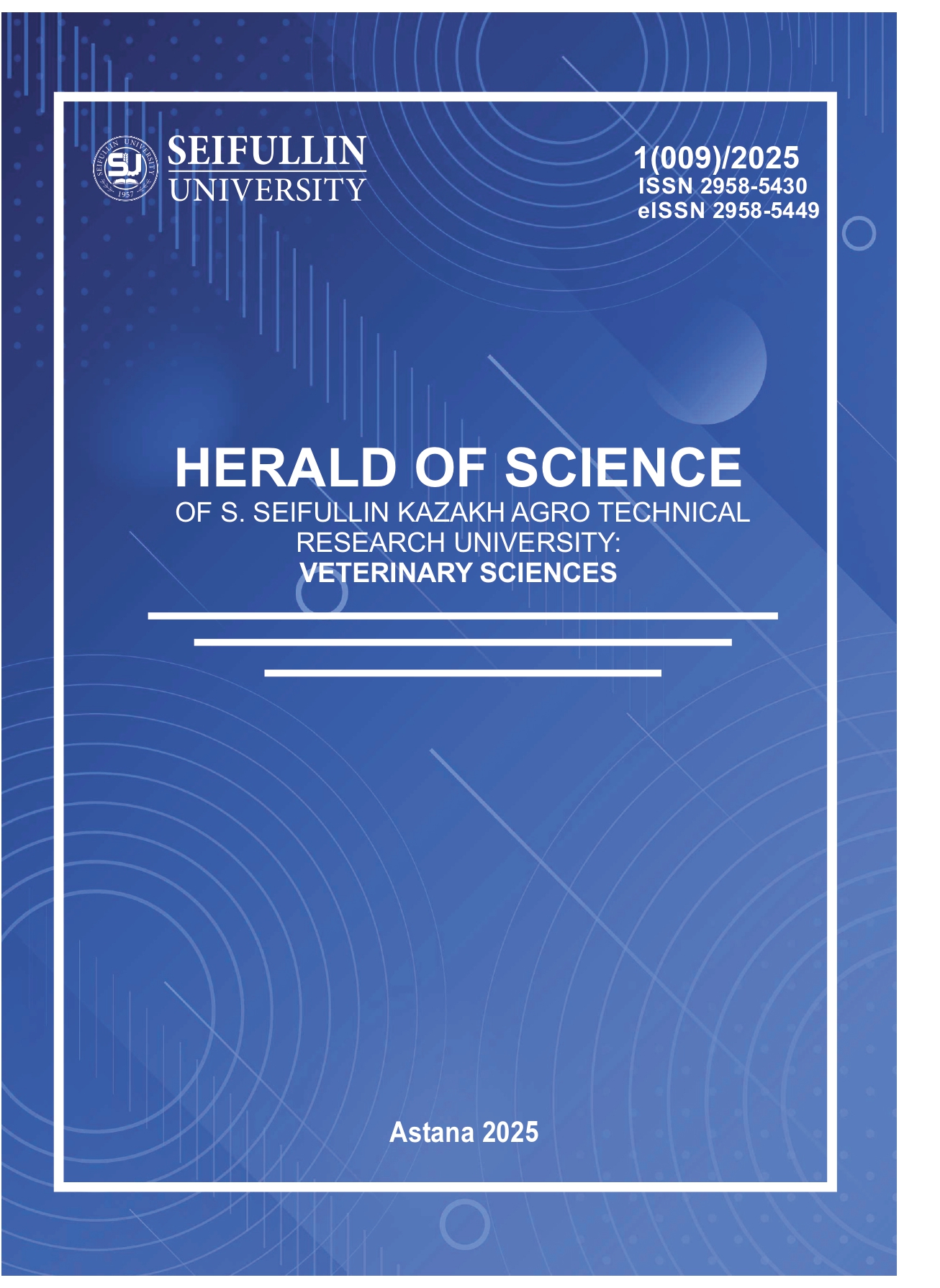Meat Product Adulteration: Modern Detection Methods and Food Safety Assurance
##plugins.pubIds.doi.readerDisplayName##:
https://doi.org/10.51452/kazatuvc.2025.5(009).1866Ключевые слова:
adulteration; food safety; meat products; quality control; standard.Аннотация
Intentional adulteration of meat products through falsification can impact product safety and consumer properties. Adulteration involves the addition of low-quality or unauthorized ingredients and deviations from declared standards, posing potential health risks to consumers. Various laboratory methods, including DNA analysis, chemical, and physicochemical studies, are used to control adulteration. These methods allow for precise determination of product composition and identification of discrepancies with declared characteristics. However, there is no universal method capable of detecting all types of counterfeit. Identifying counterfeit products requires a combination of analytical approaches, each targeting specific violations. For detecting adulteration in meat products, especially those containing poultry meat, polymerase chain reaction (PCR) is the most effective method. This review examines various types of food adulteration and analytical methods for their detection. Improving detection methods to ensure food safety is a key task for protecting consumer health. It is also necessary to strengthen responsibility for compliance with laws and regulations governing the quality requirements of meat products and preventing their falsification.

